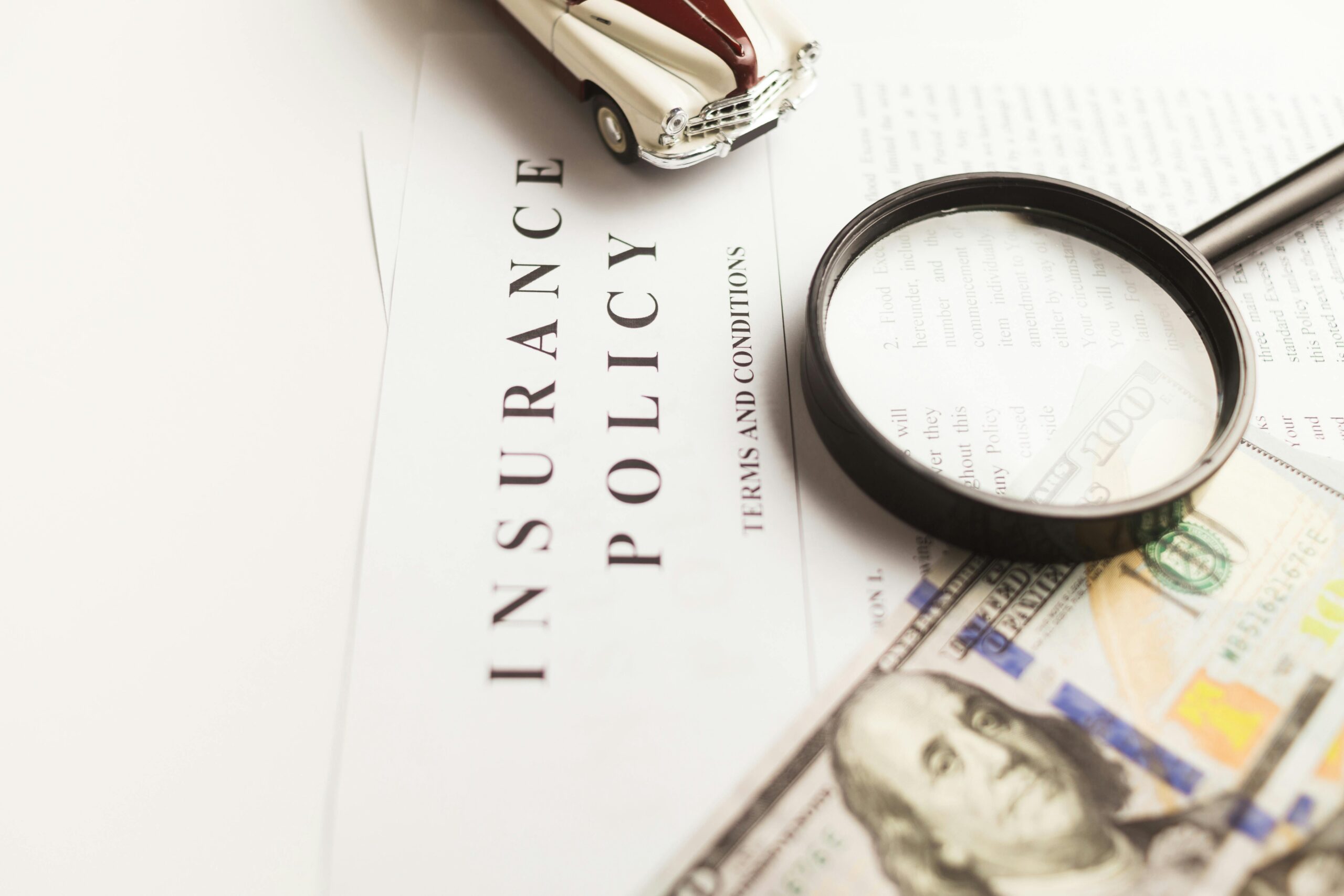
Behind the Wheel: Understanding the Fine Print of Auto Insurance Policies
April 25, 2024
Understanding the fine print of auto insurance policies is crucial for ensuring adequate coverage and protecting yourself on the road. In this article, we’ll explore the various types of auto insurance coverage, factors influencing insurance rates, policy exclusions and limitations, additional features and endorsements, and tips for choosing the right policy.
Types of Auto Insurance Coverage
Liability Coverage
Liability coverage protects you financially if you’re found responsible for causing injuries or property damage in an accident. It typically includes bodily injury liability and property damage liability coverage.
Collision Coverage
Collision coverage pays for damages to your vehicle caused by colliding with another vehicle or object, regardless of fault. This coverage is essential for repairing or replacing your vehicle after an accident.
Comprehensive Coverage
Comprehensive coverage provides protection against non-collision events such as theft, vandalism, fire, and natural disasters. It covers damages to your vehicle that are not caused by a collision with another vehicle.
Personal Injury Protection (PIP)
Personal injury protection, or PIP, covers medical expenses and lost wages for you and your passengers regardless of fault in an accident. It also provides coverage for additional expenses such as childcare and household services.
Factors Influencing Auto Insurance Rates
Driving Record
Your driving record has a significant impact on your auto insurance rates. A history of accidents, traffic violations, and DUI convictions can result in higher premiums.
Vehicle Type and Age
The type and age of your vehicle also affect insurance rates. Newer, more expensive vehicles typically have higher insurance premiums due to their higher replacement costs and repair expenses.
Location
Your location plays a role in determining auto insurance rates. Urban areas with higher traffic congestion and crime rates tend to have higher premiums than rural areas.
Deductibles and Coverage Limits
The deductibles and coverage limits you choose for your policy can impact your insurance rates. Higher deductibles typically result in lower premiums but may require you to pay more out of pocket in the event of a claim.
Understanding Policy Exclusions and Limitations
Common Exclusions
Auto insurance policies may contain exclusions for certain types of events or circumstances. Common exclusions include intentional acts, racing, and use of the vehicle for commercial purposes.
Coverage Limitations
Even with comprehensive coverage, there may be limitations on the amount of coverage provided for certain types of damages or losses. It’s essential to review your policy carefully to understand these limitations.
Additional Policy Features and Endorsements
Rental Car Coverage
Rental car coverage provides reimbursement for rental car expenses if your vehicle is being repaired due to a covered loss.
Roadside Assistance
Roadside assistance coverage offers services such as towing, fuel delivery, and battery jump-starts in the event of a breakdown or roadside emergency.
Gap Insurance
Gap insurance covers the difference between the actual cash value of your vehicle and the amount you owe on your auto loan or lease in the event of a total loss.
Umbrella Insurance
Umbrella insurance provides additional liability coverage beyond the limits of your auto insurance policy. It offers protection against lawsuits and large financial judgments.
Tips for Choosing the Right Auto Insurance Policy
Assessing Coverage Needs
Evaluate your coverage needs based on factors such as your vehicle type, driving habits, and financial situation. Determine the types and amounts of coverage that best suit your needs.
Comparing Quotes from Multiple Insurers
Shop around and compare quotes from multiple insurers to find the best rates and coverage options. Consider factors such as premiums, deductibles, coverage limits, and customer service reputation.
Reviewing Policy Terms and Conditions
Carefully review the terms and conditions of each policy before making a decision. Pay attention to exclusions, limitations, and additional features to ensure you understand what is and isn’t covered.
Conclusion
Understanding the fine print of auto insurance policies is essential for protecting yourself and your assets on the road. By familiarizing yourself with the various types of coverage, factors influencing insurance rates, policy exclusions and limitations, additional features and endorsements, and tips for choosing the right policy, you can make informed decisions and secure adequate coverage for your needs.
